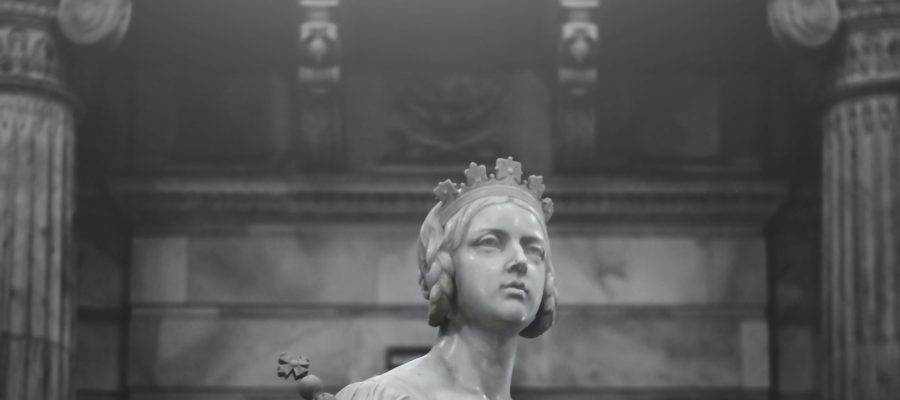The Body as Totem in the Asexual Revolution
January 22, 2021 | Published first in Church Life Journal
Legal theorist Helen Alvaré observes that the twentieth century saw a sea change in jurisprudence, whereby “certain forms of sexual expression achieved constitutional status and came to be identified with nothing less than a human being’s ‘identity.’”[1] Tracing this change, beginning with the early contraception cases Griswold v. Connecticut (1968) and Eisenstadt v. Baird (1972), Alvaré shows how the Supreme Court gradually came to embrace a constructivist view of personal identity that was inextricably linked to sexual activity. We become who we are, that is, through our sexual choices.
This is especially true for women, the Court held, because of the possibility of motherhood resulting from said sexual choices. If women are unduly burdened by children, which might disincentivize them to engage in sexual relationships, what happens to their identity? This identity-formation-through-sex rationale is especially clear in the notorious 1992 Planned Parenthood v. Casey decision. Since the 1973 Roe v. Wade decision legalizing abortion, the Court writes, women have “organized intimate relationships and made choices that define their views of themselves and their places in society, in reliance on the availability of abortion in the event that contraception should fail.”[2] Without contraception and abortion, what happens to women’s self-definition? This idea is driven home by the purplest of legal prose in the decision’s famous “mystery of human life” passage:
These matters [of reproduction], involving the most intimate and personal choices a person may make in a lifetime, choices central to personal dignity and autonomy, are central to the liberty protected by the Fourteenth Amendment. At the heart of liberty is the right to define one’s own concept of existence, of meaning, of the universe, and of the mystery of human life. Beliefs about these matters could not define the attributes of personhood were they formed under compulsion of the State.[3]
“While Casey’s soaring language is certainly subject to varying interpretations,” Alvaré observes, “at the very least it can be said that it firmly linked women’s ability to avoid childrearing following sexual intercourse, with her interest in forming her personal identity.”[4]
Recent cases have deepened the identity-sexuality connection by introducing a new line of reasoning. The Lawrence v. Texas (2003) case affirmed through citation the “mystery of life” passage from Casey but added a new element, the elision of persons and their sexual conduct. That is, the outlawing of an act was equivalent to discriminating against the persons who committed that act. While a wholesale adoption of this stance would render criminal law incoherent, it was not seen to be so in the case of sexual conduct. In this way, Alvaré observes, the formula was baked into Court precedent: sexual “conduct equals identity, and denying identity denies personhood.”[5]
I bring up the Supreme Court’s record on sexuality because it places in relief my point in this essay: sexuality bears a disproportionate weight when it comes to contemporary identity-formation. Indeed, there is something quasi-magical today about sexual expressionism. This quasi-magical aspect resembles, I argue, a mystical totemism of the body.
Read the rest of the article in Church Life Journal, here.



